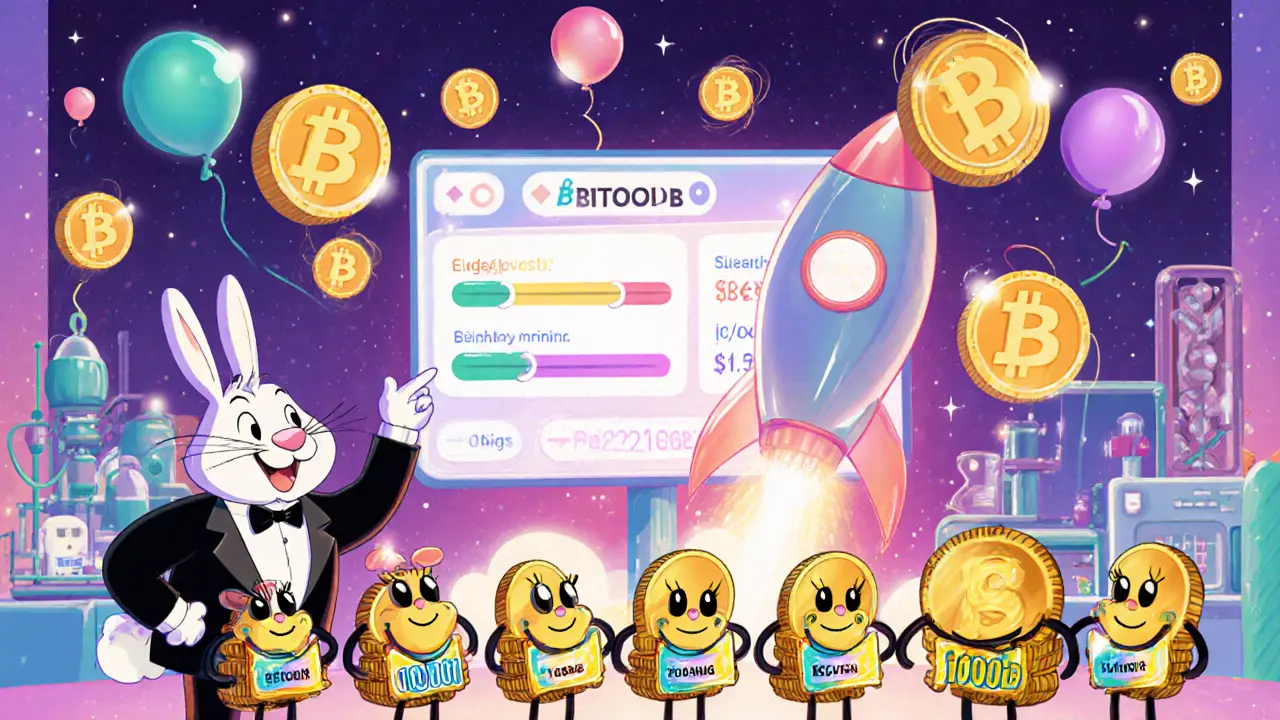Binance Smart Chain: Overview, Tools & Latest Trends
When working with Binance Smart Chain, a high‑throughput, low‑fee blockchain that runs alongside Binance Chain and supports smart contracts via the Ethereum Virtual Machine. Also known as BSC, it fuels a booming Decentralized Finance (DeFi) ecosystem that includes DEXs, yield farms, and lending protocols. In addition, BSC relies on cross‑chain bridges, technology that moves tokens and data between BSC, Ethereum, and other networks to broaden asset accessibility.
Binance Smart Chain stands out because it blends Ethereum compatibility with far cheaper gas fees. Developers write smart contracts, self‑executing code that enforces rules without a middleman in Solidity, the same language used on Ethereum. This means tools like Remix, Hardhat, and Truffle work out of the box, cutting the learning curve. At the same time, BSC’s BEP‑20 token standard, the BSC equivalent of ERC‑20, lets projects launch coins with just a few lines of code, fueling a torrent of new tokens, meme coins, and utility assets.
Key Building Blocks You’ll See Across the Collection
The ecosystem isn’t just about tokens. BSC hosts vibrant NFT marketplaces, where creators mint digital art using the BEP‑721 standard, a protocol for unique, non‑fungible tokens on BSC. Those NFTs can be traded on platforms like PancakeSwap v2 on Base, which we review in depth. Meanwhile, cross‑chain bridges such as Binance Bridge or third‑party solutions like AnySwap enable users to wrap assets from Ethereum into BEP‑20 form, creating a two‑way flow of liquidity. This bridge‑enabled liquidity is a core reason why DeFi protocols on BSC can offer higher yields than many Ethereum‑based alternatives.
Performance matters too. BSC’s consensus model, a delegated proof‑of‑stake (DPoS) variant, yields block times around three seconds, meaning transactions confirm fast enough for high‑frequency trading. The trade‑off is a slightly higher centralization risk, which regulators keep an eye on. Understanding this speed‑vs‑security balance is essential for anyone building or investing in BSC projects, and we cover that nuance in our "Fast Finality Trade‑offs" article.
Security is another pillar. While EVM compatibility brings a wealth of audited libraries, new contracts can still fall prey to bugs like integer overflow in Solidity. Our guide on "Understanding Integer Overflow and Underflow in Solidity" shows how modern compiler checks and SafeMath practices keep BSC contracts safe. Pair that with multi‑factor authentication advice for wallet security, and you have a solid defense stack.
All of these pieces—smart contracts, token standards, NFT frameworks, bridges, consensus speed, and security best practices—form the backbone of the articles below. Whether you’re hunting the latest airdrop, comparing exchange fees, or digging into a token’s technical paper, this collection gives you the context you need to make informed decisions on Binance Smart Chain.
Ready to dive deeper? Scroll down to explore detailed reviews, how‑to guides, and market analysis that all tie back to the core concepts introduced here.

